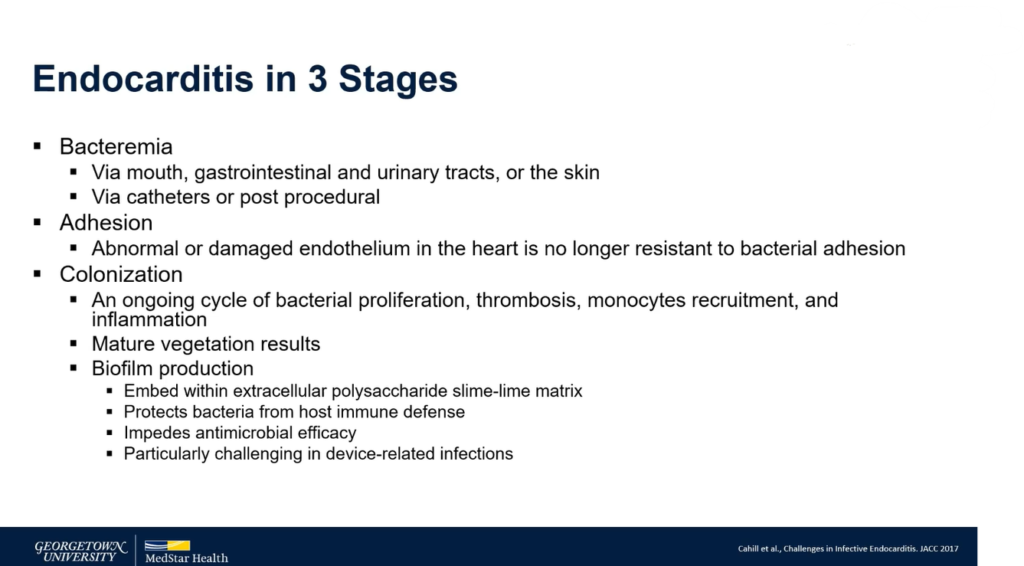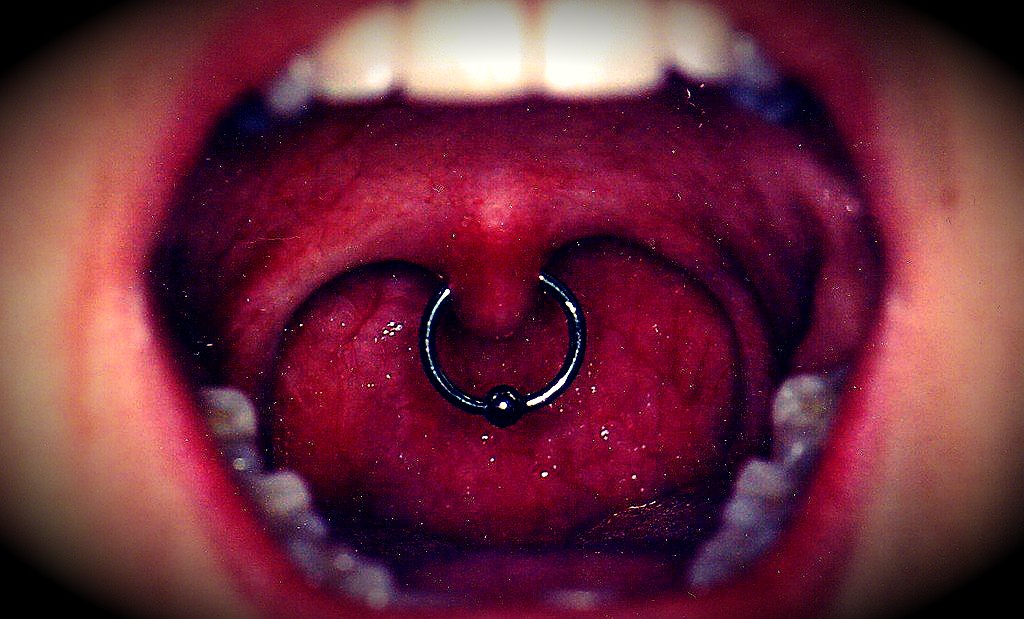Dr. Nader Habashi is a master of all things APRV. What’s the evidence for APRV? Should APRV be used as a preventative mode of mechanical ventilation in patients at risk for ARDS rather than a salvage mode? In this review Dr. Habashi will give an overview of APRV, it’s role in low tidal volume ventilation, and also discuss some of the clinical controversies surrounding ventilator management in patients with ARDS.
Podcast: Play in new window | Download
Subscribe: Apple Podcasts | RSS
Airway Pressure Release Ventilation
- Mode of mechanical ventilation that provides higher levels of PEEP with regular, brief releases in airway pressure.
- Time-triggered, pressure-limited, time-cycled mode of ventilation
- Allows patient to spontaneous ventilate (clear CO2) while also oxygenate through high PEEP

APRV Concepts
- The “Baby Lung” concept
- Patients with severe ARDS have a decreased aeratable portion of lung (due to alveolar filling)
- Goal is to increase recruitment, which should effectively increase area for alveolar ventilation.
- Oxygenation can occur passively, so the more you recruit – the more you can oxygenate
- Concept of alveolar interdependence
- Low tidal volume ventilation (via volume control mechanical ventilation), in the ineffectively recruited lung may actually over distend surrounding alveoli causing more stretch injury.
- Micro vs. Macro ventilation injury.
- The distribution of the prescribed tidal volumes is what matters most.
- APRV as a preventative mode of ventilation
- In patients with ALI, reducing the incidence of derecruitment may be more effective in preventing the progression of disease.
- Distribution of lung water is important. If you can reduce the amount of edema within alveoli, prevent the exudative phase of ARDS from occurring, you may be able to prevent later complications such as cellular proliferation and pulmonary fibrosis.
References
- Roy S, Habashi N, Sadowitz B, et al. Early airway pressure release ventilation prevents ARDS-a novel preventive approach to lung injury. Shock. 2013;39(1):28-38.[PubMed]
- Andrews PL, Shiber JR, Jaruga-killeen E, et al. Early application of airway pressure release ventilation may reduce mortality in high-risk trauma patients: a systematic review of observational trauma ARDS literature. J Trauma Acute Care Surg. 2013;75(4):635-41. [PubMed]
- Frawley PM, Habashi NM. Airway pressure release ventilation and pediatrics: theory and practice. Crit Care Nurs Clin North Am. 2004;16(3):337-48, viii. [PubMed]



